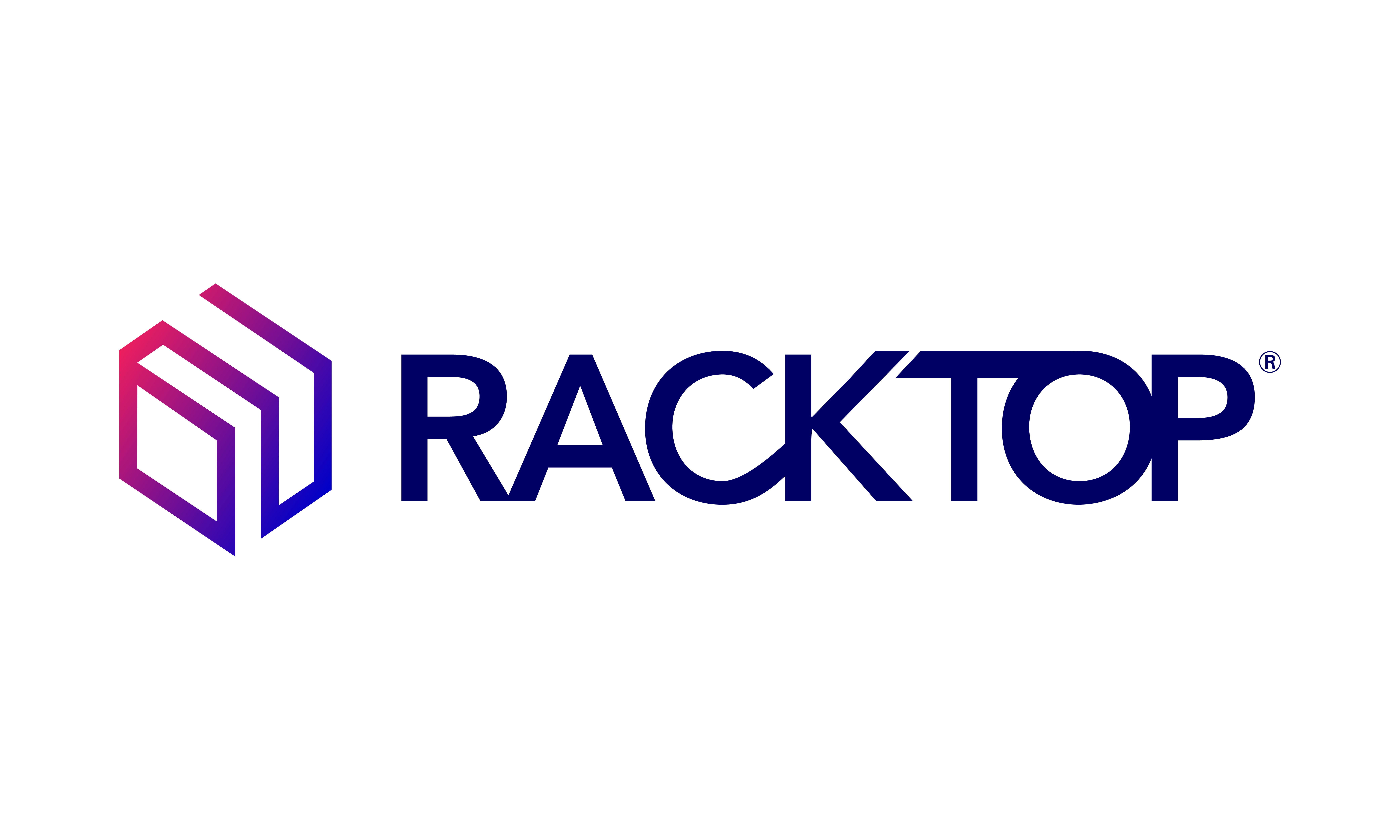When your organization’s infrastructure is responsible for providing critical infrastructure services to the public, cyberattacks have widespread, potentially devastating, and highly visible consequences not only for your team and customers – but also for the public.
After an attack you can certainly restore from data backups. But you’ll still have downtime until you have identified and disarmed the source of ransomware. Depending on your backup process this phase can be tedious and slow.
Cyber resiliency is a critical requirement for any organization that provides critical infrastructure services. This means that all phases of an attack an organization must continue to operate and support critical operations.
The DarkSide Ransomware attack against the Colonial Pipeline highlights the need for organizations to focus on all three phases of a cyberattack. Organizations must recognize that they are always in one of these phases.
The Three Phases of an Attack
Before the Attack
- Cyber hygiene, software updates and configuration best practices
- Ensure people are trained and policies and procedures defined
- Identify critical resources and data
During the Attack
- Neutralize the threat
- Cyber resiliency – maintain critical services
- Report on the incident
After the Attack
- Remediate and recover
- Report on the incident
Stop Ransomware with Active Defense
It is impossible to predict how malware will get into your organization. So you must put protections in place to detect an attack and defend your data and infrastructure in a way that can provide early detection of threats, provide cyber resiliency during an attack, and ensure no data is lost or stolen.
This video demonstrates how BrickStor SP can help you protect your data in all three phases of a cyber attack. Don’t just recover from a ransomware attack, stop it with BrickStor SP.

